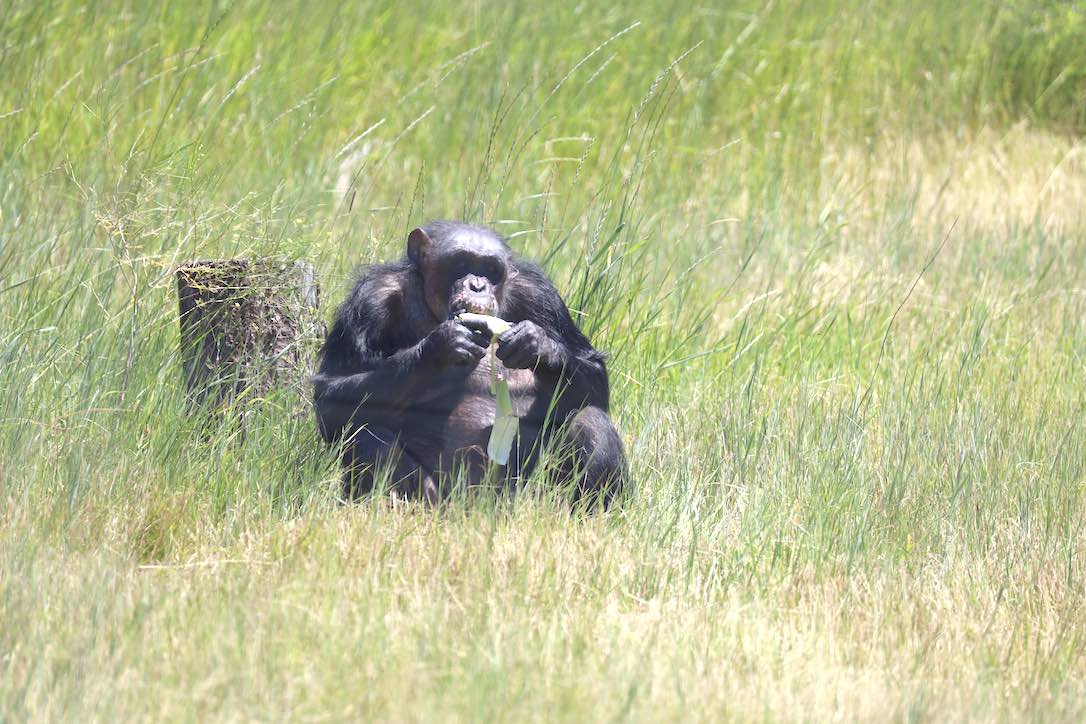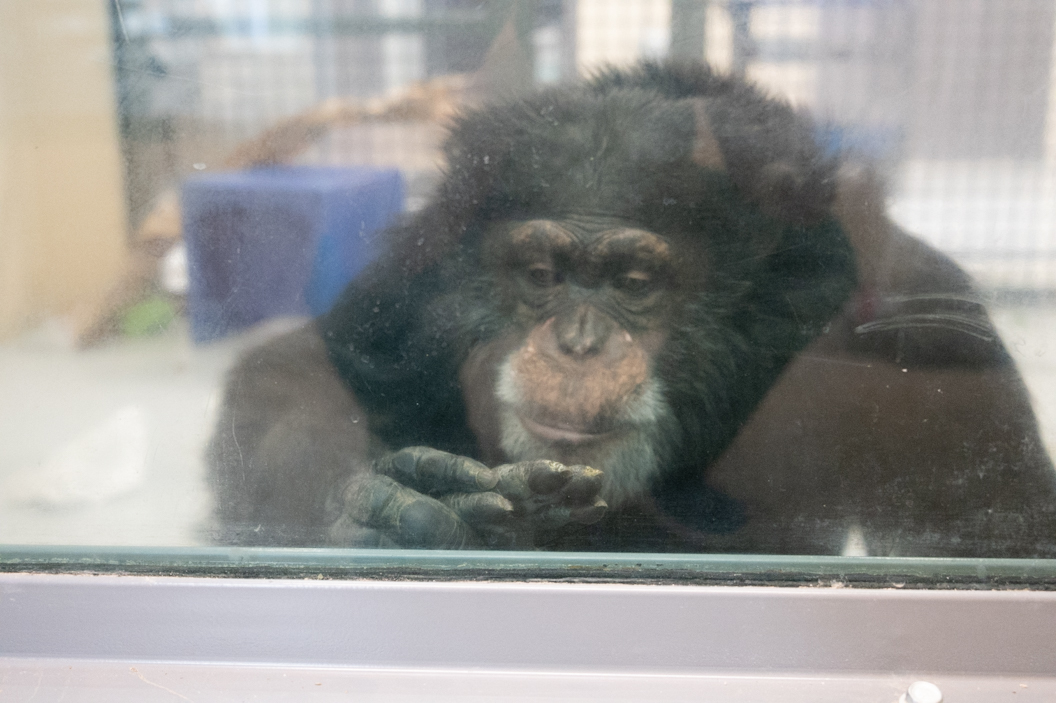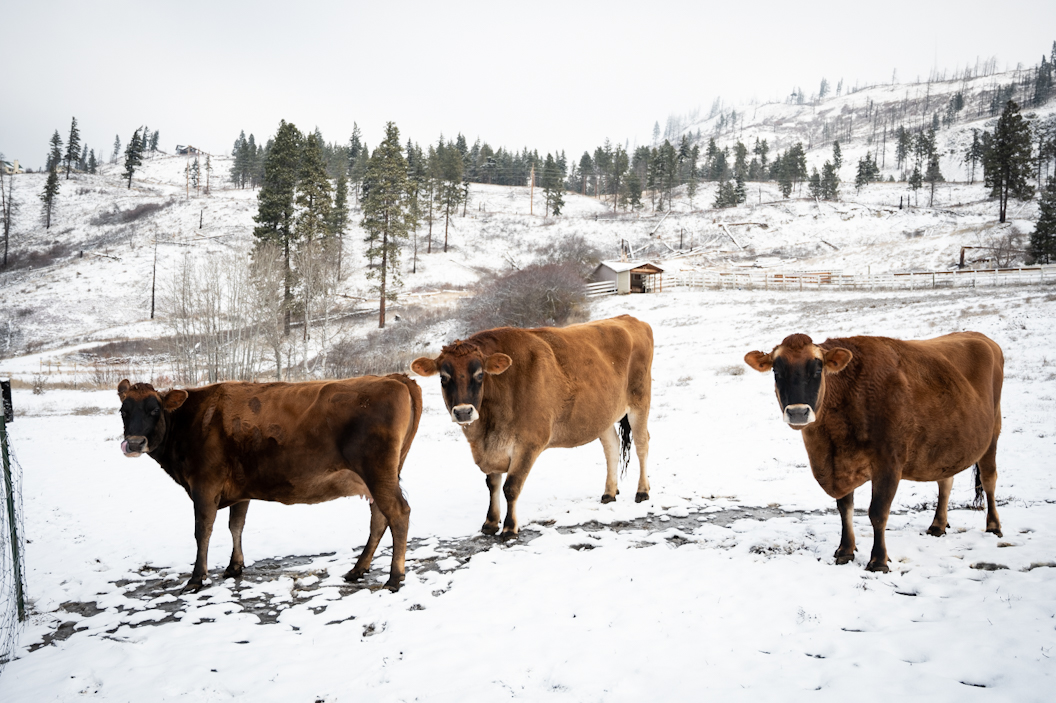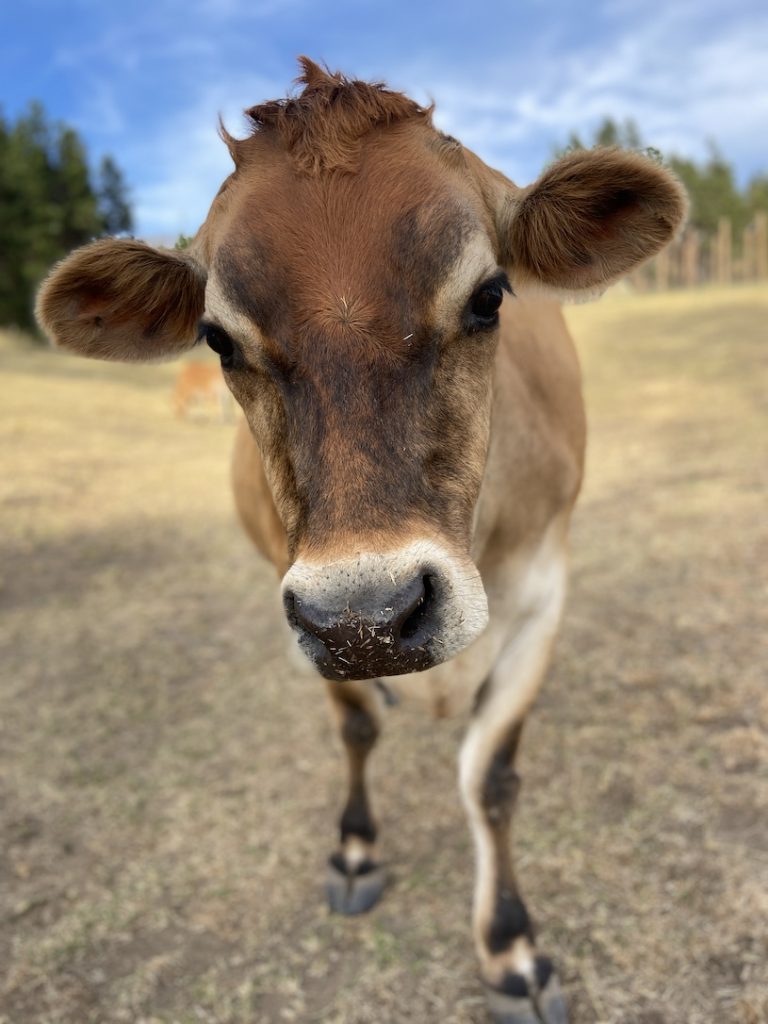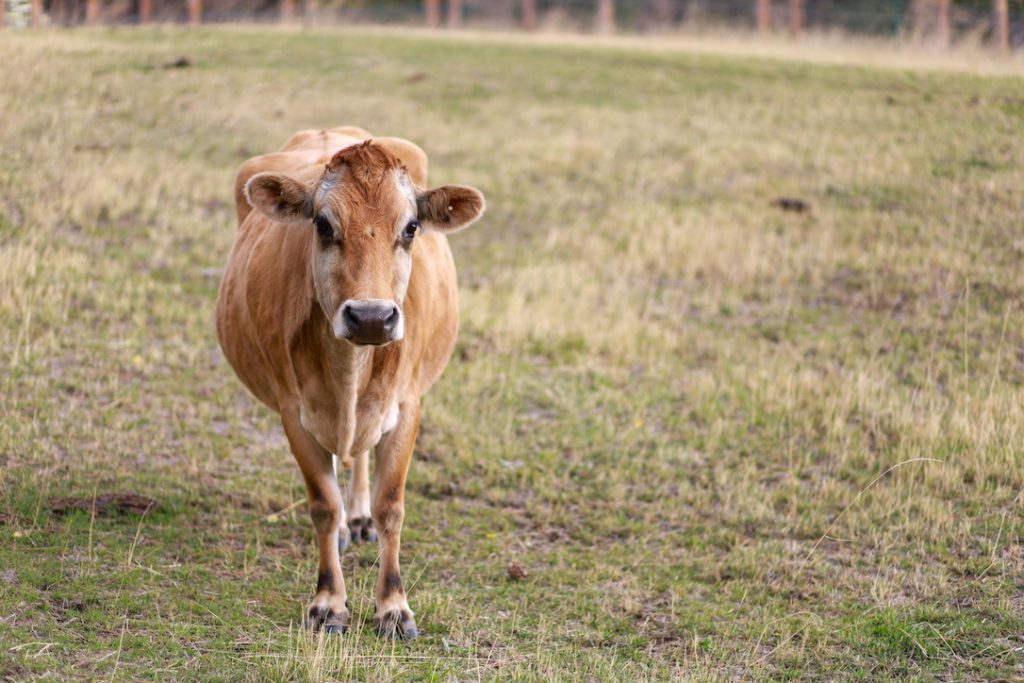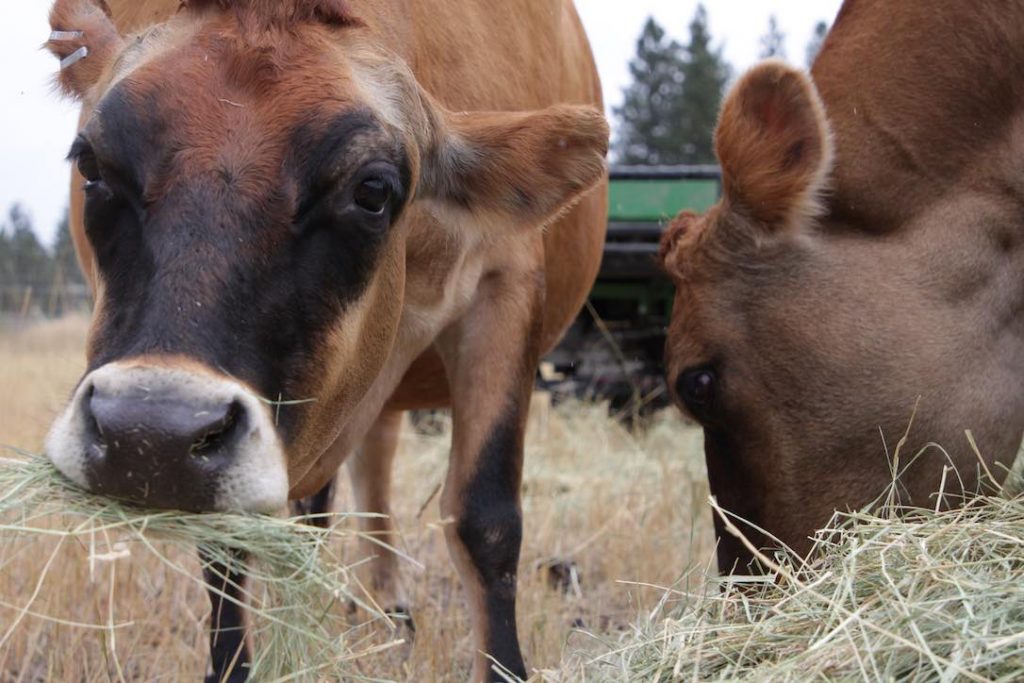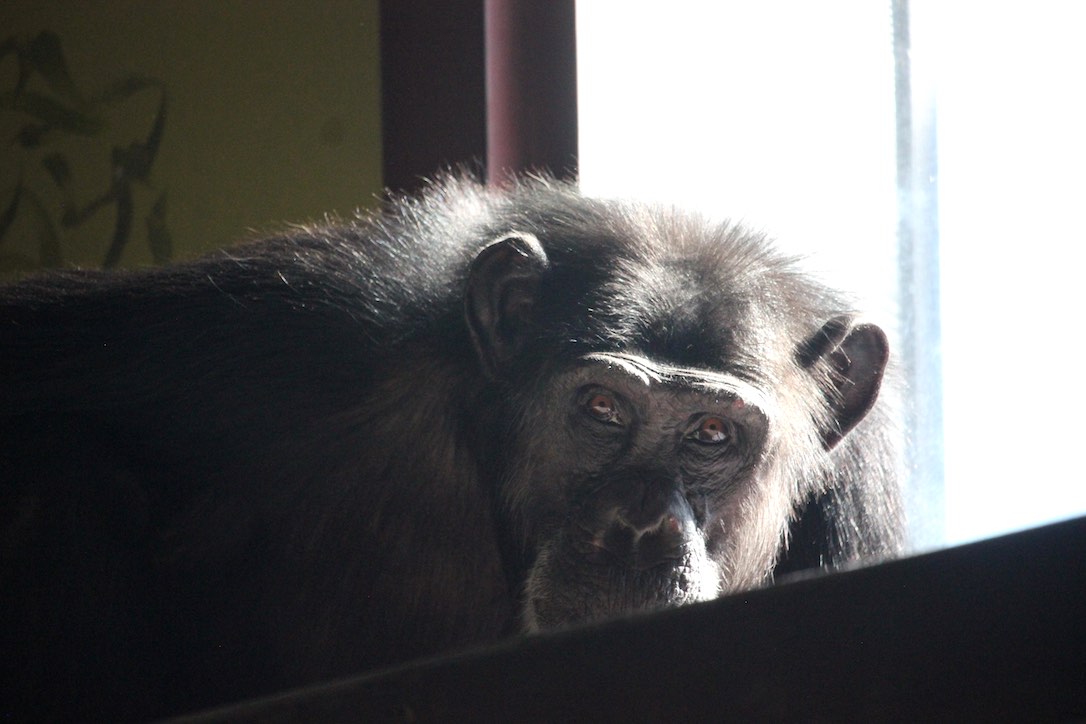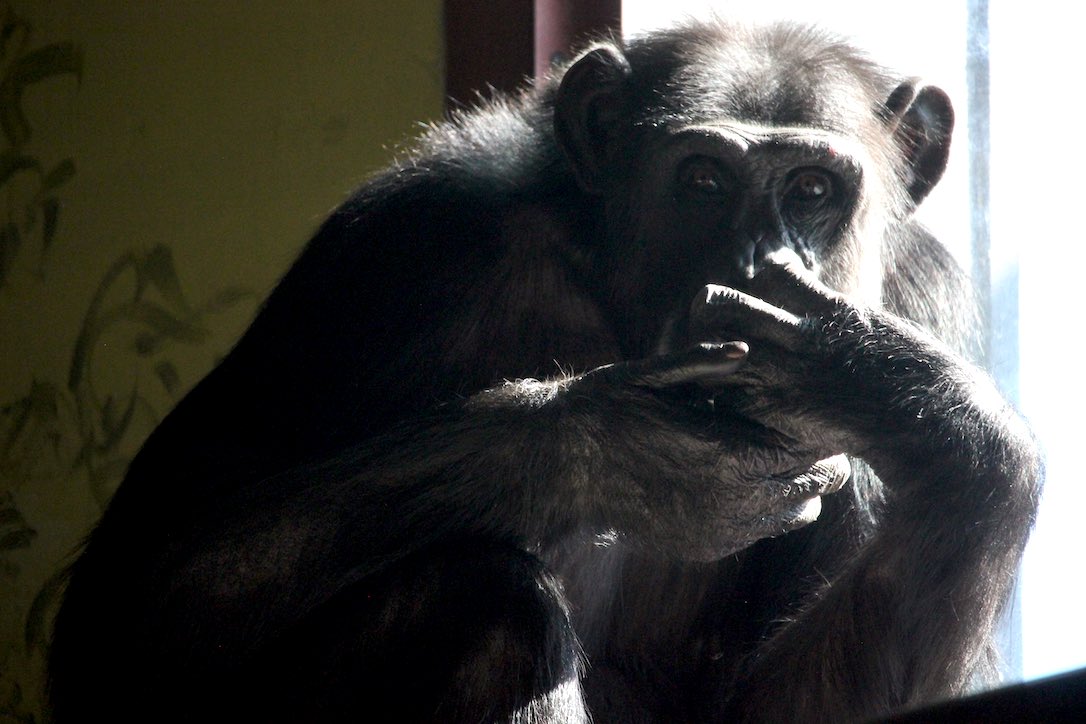Negra is one of only two or three chimpanzees at the sanctuary captured in the wild and brought to the United States for biomedical research.
Thankfully, the practice of capturing chimpanzees for use in biomedical testing in the U.S. ended in 1976 when they were listed as threatened per the 1973 Endangered Species Act of the United States.
As explained on the website Animal Welfare Law
Cited problems included human destruction of natural habitat, capture and export for research laboratories and zoos, the spread of disease from people to chimpanzees, and ineffectiveness of existing regulatory mechanisms. Simultaneously, the Service issued a special regulation providing that the prohibitions that generally cover all threatened species would not apply to live P. troglodytes and P. paniscus held in captivity in the United States on the effective date of the rule, or to the progeny of such animals, or to the progeny of chimpanzees legally imported into the United States after the effective date of the rule. This exemption was intended to facilitate legitimate activities of U.S. research institutions, zoos, and entertainment operations, without affecting wild chimpanzee populations.
This exemption allowed for Negra, who was captured in 1973, to grow up, from infancy to adulthood, without her own family, within a laboratory as a research animal.
The records we have for her are limited, but we do know that she, along with the rest of her group at the sanctuary, was used in hepatitis vaccine testing. Like Annie, Missy, Jody, and Foxie, she was also used to breed more chimpanzees for research. Negra had a total of four babies, according the records we have, and she did not have the opportunity to be with them because they were taken to be used in experiments themselves.
How did Negra’s past impact the Negra we know today? It’s impossible to know.
What we do know is that today, 14 years and 39 days after her sanctuary life began, Negra sat in the tall green grass of Young’s Hill and ate her corn at peace.


